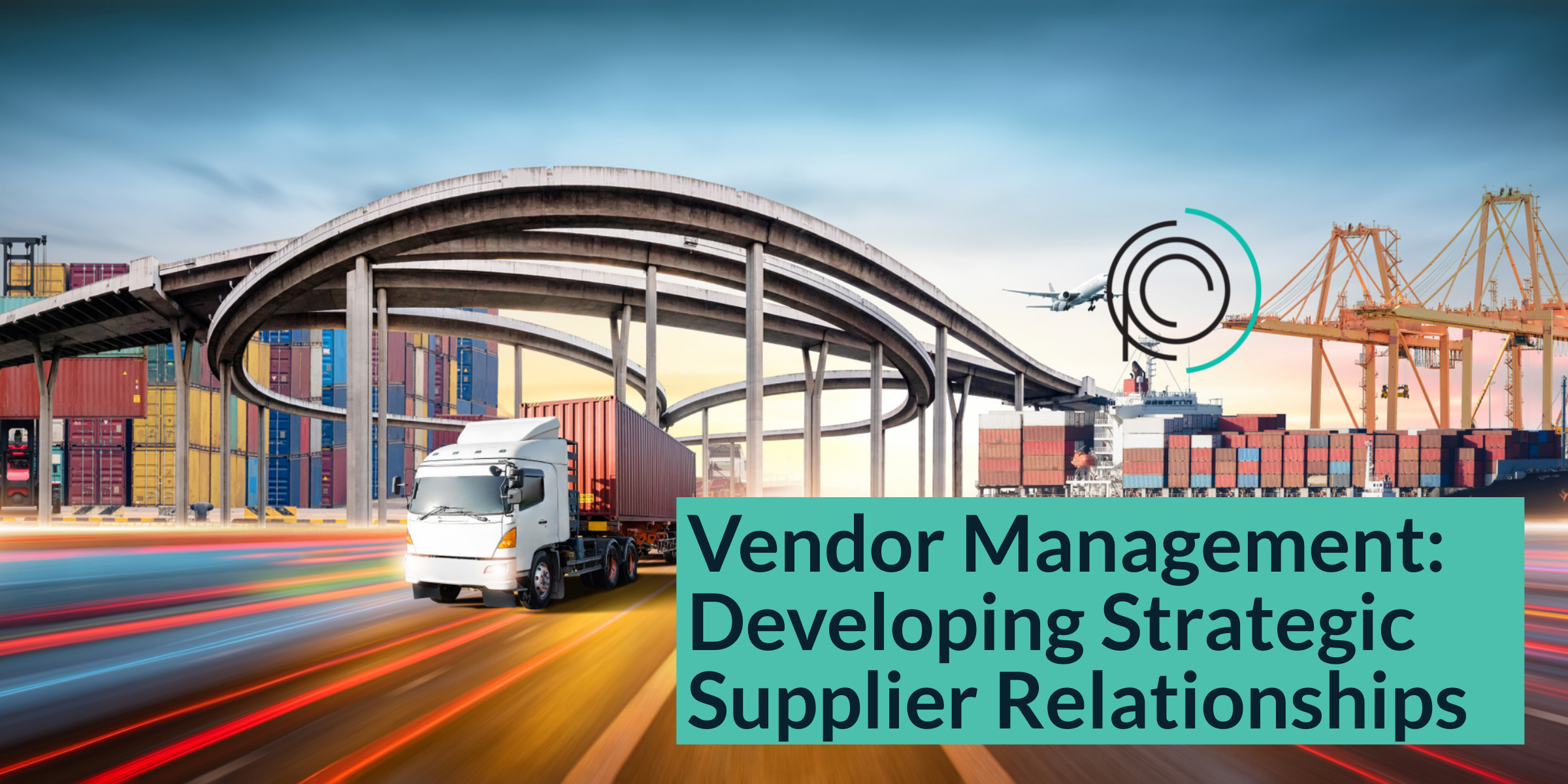Navigating the Logistics Landscape: Understanding the Roles of 1PL to 5PL in Modern Supply Chains
How many Parties are in the shipping and logistics space? Well, You have very likely become familiar with the phrase third-party logistics center, or 3PL for short. What you may not realize is there are so many variations to the shipping and logistics business, what that means to you will depend on where you are in the equation.
The logistics sector is a multi-layer service from first through fifth-party logistics (1PL 2PL 3PL 4PL 5PL). A multitude of reasons, such as globalization, e-commerce, and new business models have allowed this once fairly narrow industry to evolve into the vast complex sector it is today. We will touch on additional factors that have driven the logistics business forward like Information Technology and Artificial Intelligence AI.
The Number + Party Logistics system is a logistic provider classification method. These categories describe the extent to which they are involved in the customer’s requests.
The 1PL, 2PL, 3PL, 4PL, and 5PL systems aid in determining the sort of offer provision and ensuring that the solutions presented are appropriately relevant. However, the services supplied to businesses are the fundamental distinction between 1PL, 2PL, 3PL, 4PL, and 5PL.
Why Companies Outsource Logistics
Many businesses begin with small-scale warehousing and transportation operations and manage their logistics internally, which is identified usually as a 1PL or a 2PL. However, there comes a time when partnering with a third-party logistics provider becomes a viable choice for emerging brands that do not have the human capital to support their operations or choose to outsource this function as a means of eliminating the sometimes revolving door of managing warehouse staff. Whatever the reason the version of PL you choose will depend on the business’s goals. It could be due to a rise in complexity, a surge in sales, or the inclusion of additional distribution channels. What you will learn in this article is you still have the power to make the right choice for your business and that does not always mean you will need to or want to outsource this function.
Working with a logistics expert will not only set your warehouse space up correctly but will also aid in choosing the right technology to keep up with your customer demands. Reduced costs, lower inventory, shorter lead times, and improved resource use are all advantages.
First Party Logistics (1PL)
First Party Logistics (1PL) refers to all internal logistics a company controls. In 1PL, the manufacturer does not rely on other parties for transportation or other logistical services.
In other words, the manufacturer has a warehouse where he stores goods and owns vehicles to distribute them to customers. The company’s departments handle all of the functions.
Two-Party Logistics (2PL)
2PL covers the transfer of goods from a specific transport region of the supply chain, such as rail, road, sea, or air. Asset-based carriers are second-party logistics providers, and they involve transportation utilizing their ships and hired planes. The most common utilization of 2PL is for the global movement of heavy and wholesale goods and trading. However, you can import goods and ship them yourself; this will also classify as a 2PL operation and has become more and more common today as brands are opting to no longer allow someone else to control this branch of their operations.
Freight forwarders, freight brokers, customs brokers, export management firms, exporting trading companies, shipping associations, shipper agents, and export packing companies are some examples of 2PL. The actual carrier, such as shipping lines, airlines, and vehicle carriers, is 2PL.
As a result, 2PL service providers frequently own and run specialized modes of transportation to meet their specific transportation needs. In addition, in the logistics chain of a client organization, 2PL takes on the function of stage transport or provides a single shipping service.
Dropshipping is another version of a 2PL business where the brand doesn’t have to own any inventory, the manufacturer is responsible for shipping orders to the customer. This is a 2PL business as you are not the owner of any of the inventory, and you are also not shipping any inventory you are simply the middle person between the customer and the manufacturer.
Third-Party logistics (3PL)
3PL service providers are external suppliers who conduct part or all logistical duties not performed by in-house logistics specialists. When 3PLs first became prominent in the 1970s, their primary functions were operation, warehousing, and transportation.
They had incorporated their warehouse and transportation services activities with other services by the late 2000s. These include order fulfillment, labeling, packaging, assembly, production or procurement of goods, kitting, reverse logistics, information technology services, customs brokering, cross-docking, and forwarding. This is what we would know today as a typical 3PL business.
Pros and Cons of 3PL
3PLs have many benefits over other categories of logistics. The benefits include logistics expertise use rather than in-house workers, easier technological adoption, and flexibility in location, offers, resources, and workforce. Furthermore, utilizing a 3PL can be cost-effective and has the fastest add-on possibilities for brands that have high turnover or higher-than-normal attrition rates.
While 3PL has its benefits, it also has drawbacks. Companies will lose control over the shipping and logistics operations of their business. Outsourcing this division of your business means you are under the operations of your 3PL and hand them the ability to meet the accuracy of orders, lead-time, and transportation logistics.
Categories of 3PL
Transportation, warehouse/distribution, forwarder, financial, and information technology are the five most popular categories for 3PL service providers.
- Forwarder: these third-party logistics providers have extended their middlemen responsibilities as forwarders to include a broader range of 3PL services. This company is responsible for getting your goods from their international destination to your desired port or air freight location domestically or internationally.
- Financial: freight payment, auditing, cost accounting and control, and logistics management capabilities are available through these 3PL service providers.
- Transportation: Most transportation-focused 3PLs are affiliates of larger companies like UPS Supply Chain Solutions or FedEx Supply Chain Services.
- Information Technology: IT 3PLs are the newest and fastest-growing category of 3PL service providers. They offer transportation and logistics services for industries that depend on the Internet, business-to-business, and electronic industries.
- Warehouse/distribution: these facility-based services, possibly the first of the 3PL service providers, have evolved into integrated logistics and have substantial experience in logistics management. IBM Supply Chain Management, Ozburn-Hessey Logistics, and Intel Corporation are companies in this area.
Four-Party Logistics (4PL)
An integrator who oversees all areas of the supply chain is known as a 4PL provider. In addition to physical logistics, a 4PL may involve IT, procurement, and finance. The distinctions between a 3PL and a 4PL may appear minor, but the difference might be significant for a firm looking for the proper fit of services and support for their growing business.
Both, for example, will depend on the latest IT to improve supply chain accuracy as well as communication. However, a 3PL is more likely than a 4PL to have a sole technology system. It is for monitoring units throughout the supply chain and including the service in the total cost of their assistance.
A 4PL, on the other hand, may be able to provide a higher-level analysis of data to assist companies in making decisions for long-term growth. In addition, a 4PL will provide all of the benefits of a 3PL and add project management, sourcing, and negotiating. Impartial service advice, a single point of contact, logistics strategy, and analytics are all part of the additional benefits 4PL offers.
Fifth-Party Logistics (5PL)
A fifth-party logistics service provider is sometimes known as a logistics aggregator. They will aggregate the requests of 3PLs and others into a bulk volume to obtain better rates with various airlines and shipping providers. Furthermore, 5PL is not asset-based; it typically integrates all disciplines.
5PL has been the most popular and well-developed e-commerce logistics service in recent years. Through supply and demand information solutions in the e-commerce delivery sector, 5PL controls and organizes the activities of 3PLs and 4PLs.
The systems, Order Management System (OMS), Warehouse Management System (WMS), and Transport Management System (TMS) are the distinguishing features of 5PL. However, there is a close link between these three systems in Information Technology and unified systems.
Final Thoughts
In the supply chain, each logistical party (1PL, 2PL, 3PL, 4PL, 5PL) has a function to perform. For local distribution of commodities, 1 to 3PL may be sufficient. Since cross-border shipping is significantly more complicated than a strictly local market, 3PL to 5PL may be preferable for international shipping. The idea behind any of the logistics categories mentioned above is that you and the business can choose which model will work for your brand. You can manage how much or how little control you would like to outsource. It enables you to focus on the core strength of your business while leaving logistics and supply chain management to experts in this field. Choosing the right 3PL or other logistic service provider for your brand can significantly impact your bottom line and overall success. Therefore, it is crucial to carefully evaluate each option and determine which best suits your company’s needs. With the right logistics partner, you can ensure the smooth and efficient operation of your business.
Take your time, conduct thorough research, and make informed decisions when selecting a 3PL or logistics service provider for your brand. The logistics industry is constantly evolving, introducing new technologies and strategies to enhance efficiency and performance. Remaining up-to-date on the latest trends and innovations in 3PL and logistics services is essential for ensuring your business thrives and remains competitive in a dynamic market. Continuous learning, seeking innovative strategies to enhance your supply chain, and fostering collaborations with reliable partners are key to success in the logistics industry. With a trusted logistics partner at your side, the growth opportunities are limitless.
If you still have questions about your supply chain issues or how we can help you streamline your operations and grow your business, contact one of our experts today.







